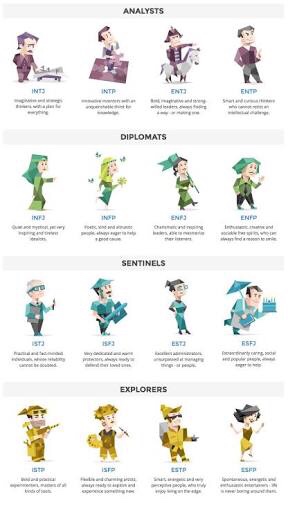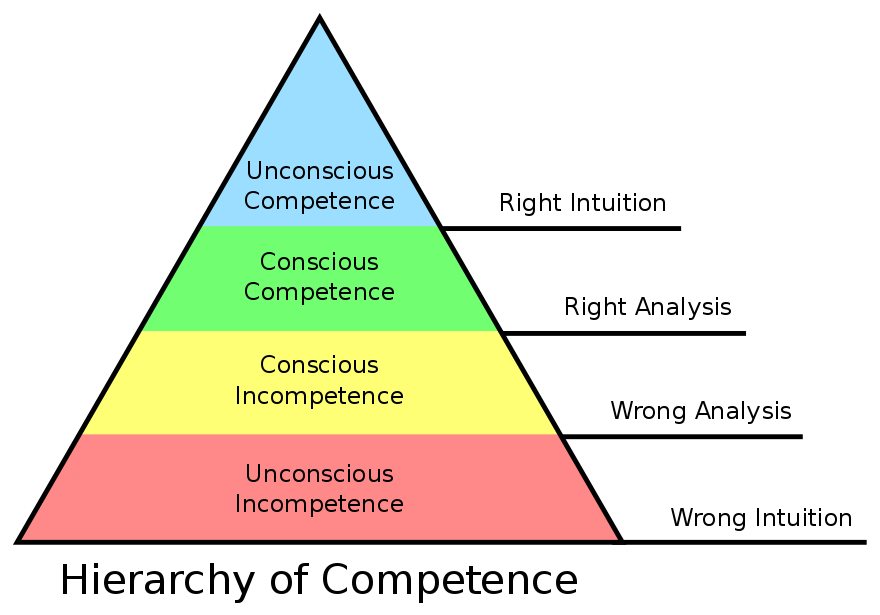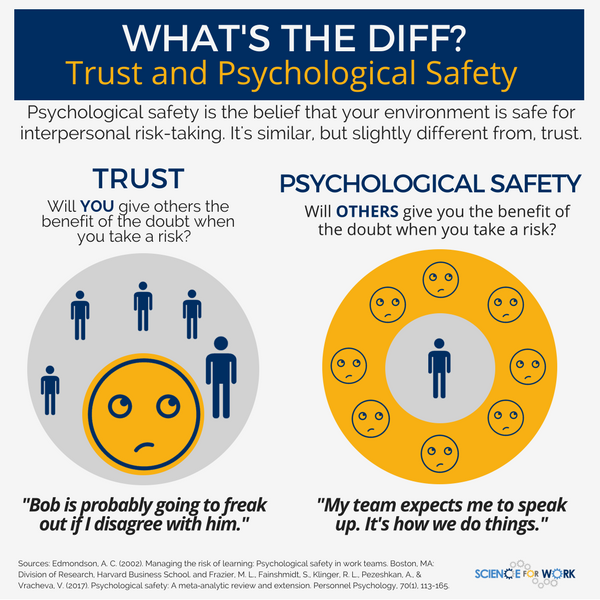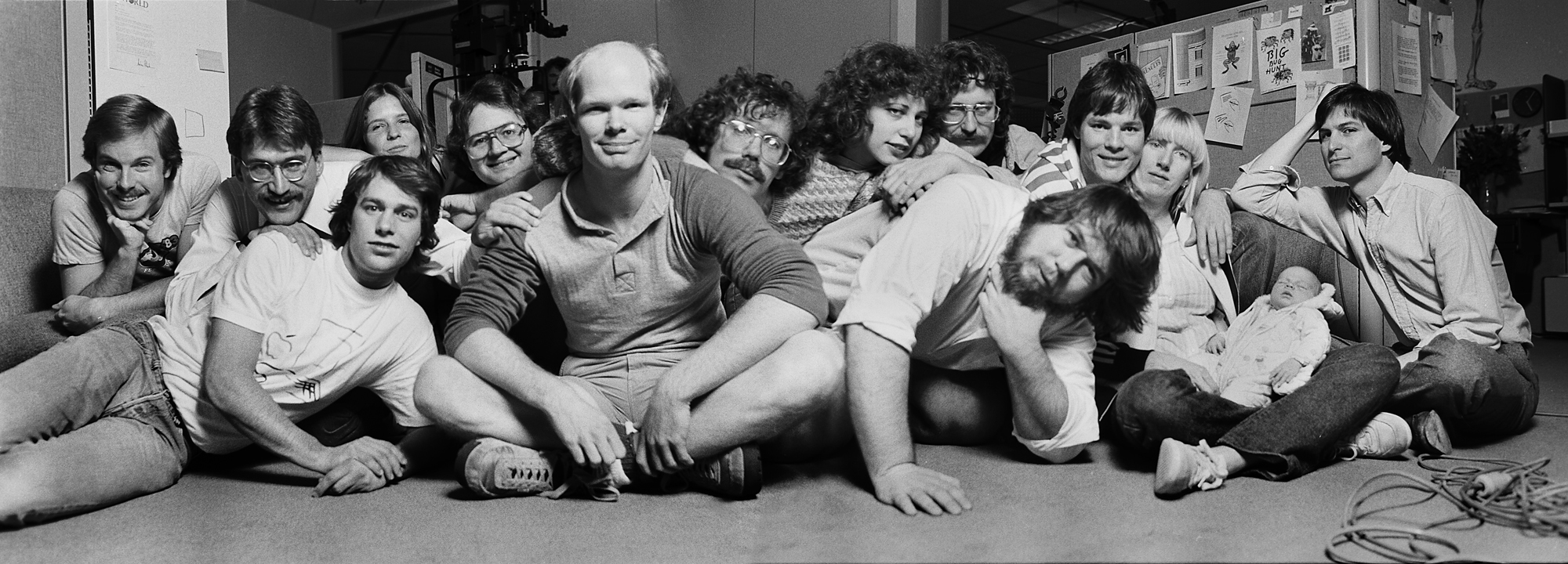A business will NEVER be extraordinary if the team is incompetent, unsafe and lost
We are living in the era of the fast growth juggernaut. The household name that came from nowhere to be everywhere. A seemingly simple idea, executed well that soon revolutionised what we do and how we do it.There is a seeming tsunami of entrepreneurial enthusiasts all wanting to build their own. Our students are being told that as traditional jobs decline, they will need to create jobs. Anyone with an idea and a PC can conquer the world.
It all seems so easy, but the reality is that seeking the extraordinary is complex, particularly when most teams include at least one or two people who are barely competent. Likely the most complex aspect of growing a business is orchestrating a team of highly competent individuals to deliver and grow.
It is quite mind boggling to think how businesses like Google have been able to scale their diverse team from zero in 1998, from two staff to now approaching 88,000 (to create the very simple website homepage, and access to the world’s knowledge that lay beneath it). People with highly disparate and likely potentially clashing personality types who all come together to sustain a twenty year old business with a revenue of more than $110 Billion US.

Customers flock to a well executed product or service, and these are almost always built by clever teams. So, the focus if the intention is to growth is on how to best build the optimal team. In many ways the culture is much more important than the actual customer who really just wants simplicity, and does not care about the complexity of how seamlessly it is delivered.
Survival and growth of a business is enhanced by successfully building a team. But this is complex. Research illustrates that team trust is the critical factor to successful teams. The competence and character of team members, depending on their respective roles, is critical.
“Trust in teams is critical to success in sport, business, the arts and innovation. Teams on the same wave length working in synchronicity. Cracks in the trustworthiness of team members — poor performance, good intentioned inefficiencies, cowboy egos, toxic behavior et cetera — are dangerous. Followers need to trust their workmates and leaders, and leaders their team.” Read my earlier post ‘It all comes back to Trust’
Team trust is complex, and comes down to many factors including …
1: Competence
A critical component of trust is competence. The ability to do a job properly, consciously or subconsciously. This is likely to include practical and theoretical knowledge, cognitive skills, behavior and values used to improve performance; and having the ability to perform a specific role.
To find the most competent teams, brands such as Google place a high emphasis on their employer brand and the recruitment process to entice, screen and hire the best candidates (and if necessary remove incompetent team members mismatching the role requirements and team dynamic). “Each year, around 2 million apply for a job here and 5,000 are hired.” (How to get a job at Google: meet the man who hires and fires)
“There’s no one kind of Googler, so we’re always looking for people who can bring new perspectives and life experiences to our teams. If you’re looking for a place that values your curiosity, passion, and desire to learn, if you’re seeking colleagues who are big thinkers eager to take on fresh challenges as a team, then you’re a future Googler.” How we hire
Successful teams embrace teams of diverse cultures, psychological drivers, gender and otherwise, and empower the competencies to ensure positive change. Seeking and building teams of T-Shaped people with depth of competencies, and width of experiences and personality types.

Ensuring competent people are ever developed to perform at their best and collaborate like a well-oiled machine is important. Equally being diligent in efficiently developing and, if necessary, weeding out incompetent team members is vital to successful teams.
When pondering training priorities and how to deal with incompetence, the Four Stages of Competence is worth reflection. It notes that people often start from a base of not being conscious of their incompetence – e.g. a person not knowing how to do something, but does not recognise the deficit, such as a very eager but naive to the realities university graduate. As they understand their incompetence and have a willingness to overcome it, they seek to build the skill and consciously use it. With much practice and experience, the skill becomes more effortless, even magic and unconscious competency builds.

A culture of curiosity and learning is key.
2: Emotional intelligence
Balancing the need for core competencies and knowledge is a desire for strong emotional intelligence. Unlike other intelligence measures such as IQ, EI includes vital skills to successfully nurture teams such as the capability of individuals to recognise their own emotions and those of others, discern between different feelings and label them appropriately, use emotional information to guide thinking and behavior, and manage and/or adjust emotions to adapt to environments or achieve one’s goal(s). Such competency is viewed as most critical for managers, yet also vital across teams. EI is said to be trainable and to typically grow with age. Some team members may have high technical and knowledge competency, but weak EI, yet with training and support, can develop greater levels of self awareness, empathy and other critical characteristics.
“One of the learnings we’ve had about self-organization and self-management is that it’s not just a systems change; it’s also a personal journey for each individual employee. Self-organization and self-management is about the entrepreneurial mind-set. A study was done several years ago that looked at what separated the great entrepreneurs from the mediocre ones. They found that the great entrepreneurs highly overindex for three characteristics: first, being comfortable with ambiguity; second, having a strong sense of curiosity; and third — not as high, but still overindexed — was emotional intelligence. And I think under self-organization, these three characteristics are even more important for us to hire for at Zappos.” Tony Hsieh
3: Psychological safety
Psychological safety is an important aspect of an ever evolving team, as it provides a cultural environment for team members to be safe from interpersonal risk. They are safe to suggest innovations to systems and processes. In psychologically safe teams, team members feel accepted and respected. Psychological safety is said to be the critical working condition for teams to prosper and create positive group dynamics and a learning environment. This may be from fellow team members displaying respect and empathy when listening to other team members, or not fearing repercussions that may moderate risk taking, speaking one’s mind, creativity and offering candid professional views, without fear of punishment.

4: Team based values
Research has also illustrated that while it is critical that a business locks into the motivations (and weaknesses) of individuals within a team, the primary focus is on a higher level team purpose and pursuit beyond profit and individual competition. Seeking to solve a fundamental wrong that needs to be made right, high customer focus, being the best in category, game changing, extraordinary or even competent where other businesses are failing.
As an example, the Butlers Ways is a term used by US NCAA basketball team the Butler Bulldogs to define five guiding principles that “demands commitment, denies selfishness and accepts reality, yet seeks constant improvement while promoting the good of the team above self” .…
- Humility — know who we are, strengths and weaknesses
- Passion — do not be lukewarm, commit to excellence
- Unity — do not divide our house, team first
- Servanthood — make teammates better, lead by giving
- Thankfulness — learn from every circumstance
Similarly, successful businesses such as Amazon have a set of ‘leadership principles’ to guide the team — “We use our Leadership Principles every day, whether we’re discussing ideas for new projects or deciding on the best approach to solving a problem. It is just one of the things that makes Amazon peculiar.”
- Customer Obsession
- Ownership
- Invent and Simplify
- Are Right, A Lot
- Learn and Be Curious
- Hire and Develop the Best
- Insist on the Highest Standards
- Think Big
- Bias for Action
- Frugality
- Earn Trust
- Dive Deep
- Have Backbone; Disagree and Commit
- Deliver Results
Amazon ‘leaders’ are viewed as each team member, from manager to front-line individual. More via https://www.amazon.jobs/principles
Most importantly, it is critical to have shared team values beyond profit, yet values that drive growth, profitability and other outcomes. Love and niceness is all critical, but as the well replicated tune ‘Money’ (that’s what I want) says …
“Your love is such a thrill, but your love won’t pay my bills. I want money!”
The Flying Lizards - Money
…
Creating extraordinary businesses is complex, which is likely why they are so rare. In this world in which freelancing and contracting is growing largely as a restructuring of the workforce, business and economic growth still largely comes back to creating powerful teams. Six in ten Australian businesses do not employ any staff (61% — 88% less than 5 employees), and according to Australian Bureau of Statistics business entry and exit statistics of sole operator businesses have the lowest survival rate (ABS 8165.0 — Counts of Australian Businesses, including Entries and Exits, Jun 2012 to Jun 2016).
How do we create more businesses with growth focused teams?
It does not come from disparate lone wolves all trying to survive and forge their own paths. It comes back to building cultures that demand high levels of competence, nurturing emotional intelligence and providing an environment of psychological safety and strong team values to guide the way. From this come products and services that attract, retain and build customers.
You want more?
Links …
IDEO CEO Tim Brown: T-Shaped Stars: The Backbone of IDEO’s Collaborative Culture




